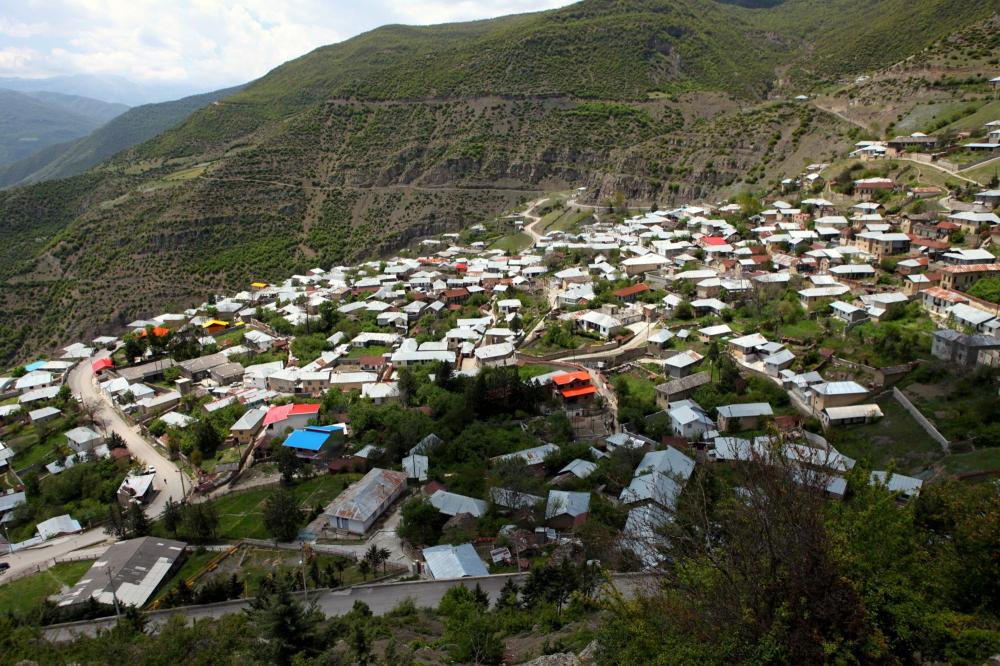Dodging the city traffic, once again we board the Tehran-Sari train which leads us through the ethereal winding routes of the exquisitely verdant Mazandaran.
Arriving in Savadkuh, tiny houses leaning against the mountains, which become distinct through the train’s rain dappled windows. Savadkuh is not the final destination, here the route bifurcates: one leading to the village of Deraseleh and the other to the misty Alasht.
Literally translated, Alasht means Eagle Sanctuary. The secluded city which is surrounded by the Alborz Mountains and most often enveloped by clouds, is also known as the lost paradise.
The harsh winters of Alasht and heavy snowfalls at times blocks all the roads, forcing its inhabitants to temporarily move to warmer areas.
Alasht is exceptionally spick-and-span. Neat little waste baskets can be seen here and about and the houses are well kempt. The hedges lie low and the tidy paths act as welcoming arches paved by amicable warmth.
In the Spring, the elderly are busy tending to medicinal herbs; their calloused hands gently care for the viola, borage, and oregano.
Cool water trickles from the natural spring of Hari Khameh 14 kilometers outside the village. The inhabitants, who used water from wells, now use the water from the spring which has been piped all the way into Alasht.
Like most villages an air of solitude lingers about Alasht. There’s no hustle and bustle in the alleys and many houses remain uninhabited. The younger generation is nowhere to be seen. High-schools are shut down. The youth are migrating out, mostly headed for Qaem Shahr and Sari in search of better education and jobs, increasingly out of touch with their roots. The people who remain are mainly the elderly and tourists visiting Alasht.


